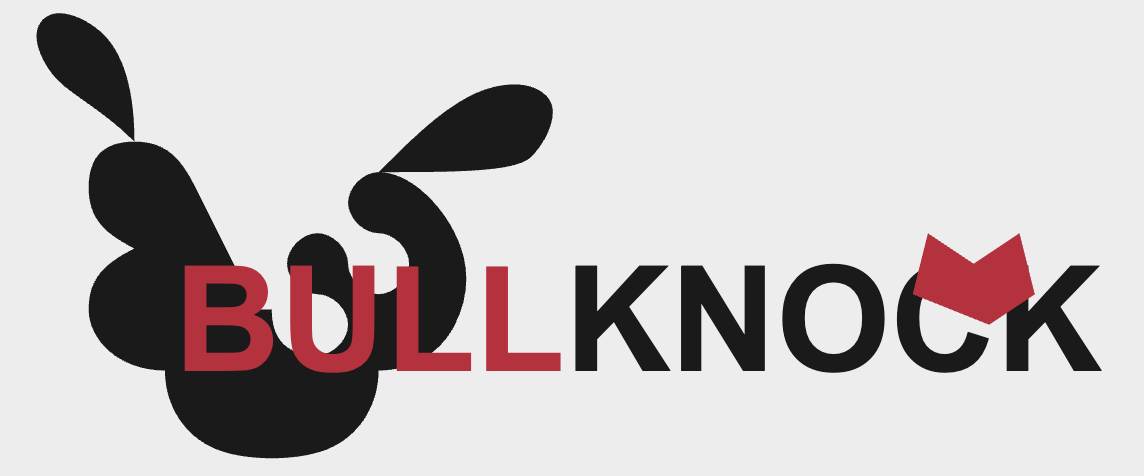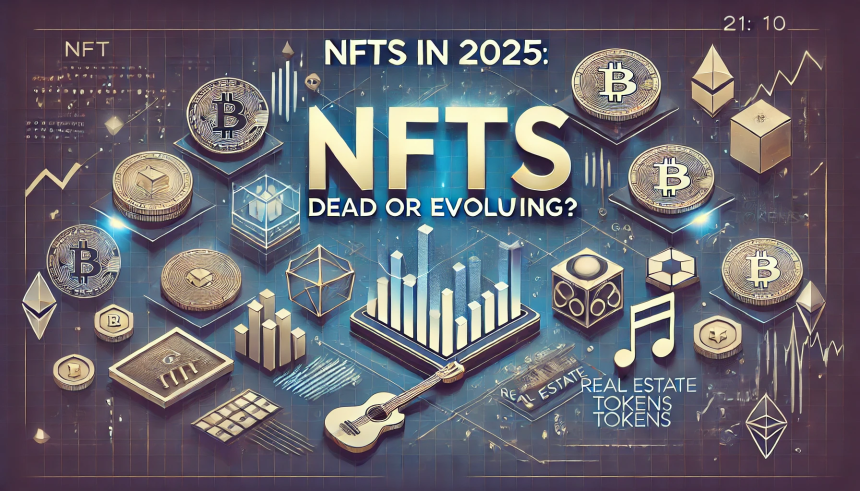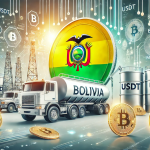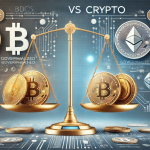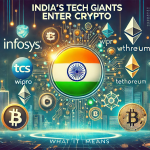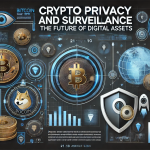Introduction
In 2021, NFTs took the world by storm, with millions spent on digital art, collectibles, and gaming assets.
However, after the initial hype, many questioned if NFTs were just a passing trend.
Now in 2025, the NFT market looks very different — more mature and integrated into real use cases.
What Happened to the NFT Hype?
The NFT market experienced a massive boom followed by a painful crash in 2022.
Many low-quality projects failed, and prices of popular collections like Bored Ape Yacht Club dropped.
Scams and rug pulls also scared away retail investors, shrinking public interest.
Are NFTs Dead in 2025?
No, NFTs are not dead. They are evolving beyond overpriced art pieces.
Today, NFTs are used in gaming, real estate, music, identity, and business transactions.
NFTs are quietly integrating into industries that need proof of ownership, authenticity, and traceability.
NFTs in Gaming
Gaming remains the biggest and fastest-growing use of NFTs.
Players now own in-game assets like skins, weapons, and characters as NFTs, giving them real value.
Games like Illuvium and Star Atlas are leading the NFT gaming revolution, with assets traded on open markets.
NFTs in Real Estate and Finance
NFTs are now being used to represent fractional ownership of real estate and property rights.
Investors can buy shares in luxury apartments or commercial buildings through NFTs.
Some DeFi platforms allow NFTs as collateral for loans, blending DeFi and NFT markets.
NFTs in Music and Entertainment
Artists are using NFTs to sell exclusive content, concert tickets, and digital albums.
Fans who hold NFTs get special access to events, unreleased tracks, and merchandise.
Big names in music, like Snoop Dogg and Grimes, continue to release NFT projects.
NFTs in Identity and Certification
NFTs are being used as digital IDs and certificates.
Universities issue NFT degrees and diplomas, stored securely on blockchains.
Governments are exploring NFTs for land titles, birth certificates, and professional licenses.
The Role of AI in NFTs
Artificial intelligence is now helping generate NFT art collections and manage their value.
AI tools analyze market trends to predict NFT prices, and generate unique, AI-created artworks.
AI also helps create dynamic NFTs that evolve based on user interaction or real-world data.
New NFT Marketplaces in 2025
While OpenSea remains popular, new specialized NFT platforms have emerged.
Blur and LooksRare focus on pro traders and high-volume collectors.
Audius and Royal dominate music NFTs, offering tools for musicians and fans.
Immutable and Fractal lead in NFT gaming ecosystems.
Challenges Facing NFTs in 2025
Regulation: Governments are creating new rules for NFTs, especially for securities and IP rights.
Scams and Security: Fake NFTs and scams remain a problem, with ongoing need for secure marketplaces.
Market Liquidity: Many NFTs remain illiquid, making it hard for holders to sell without big losses.
The Future of NFT Utility
NFTs will likely continue moving toward real-world use cases like:
Event tickets: Preventing fraud and scalping.
Supply chain tracking: Authenticating luxury goods and collectibles.
Legal agreements: Smart contract-enabled NFTs for business deals.
What Experts Are Saying
NFT investors believe that real value lies in utility, not art speculation.
Tech leaders see NFTs as essential for the digital economy, especially in the metaverse.
Regulators are cautious but acknowledge NFTs’ potential in business and law.
NFTs and the Metaverse
NFTs are core to the metaverse, enabling ownership of virtual land, avatars, and items.
Platforms like Decentraland, Sandbox, and Otherside are expanding, driven by NFT ecosystems.
NFTs serve as proof of ownership and identity in these virtual worlds.
Conclusion
NFTs in 2025 are far from dead — they have evolved from hype-driven collectibles to tools of real utility.
From gaming and music to real estate and certification, NFTs are reshaping how we think about ownership in the digital world.
As technology improves and regulations become clearer, NFTs are set to become a lasting part of our economy.
